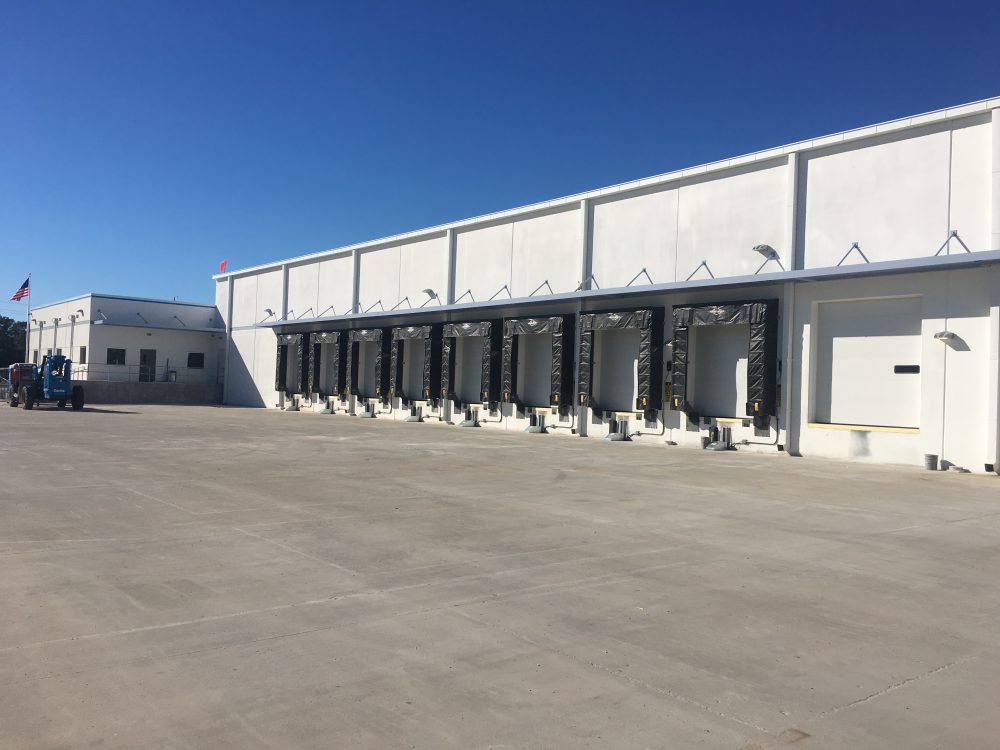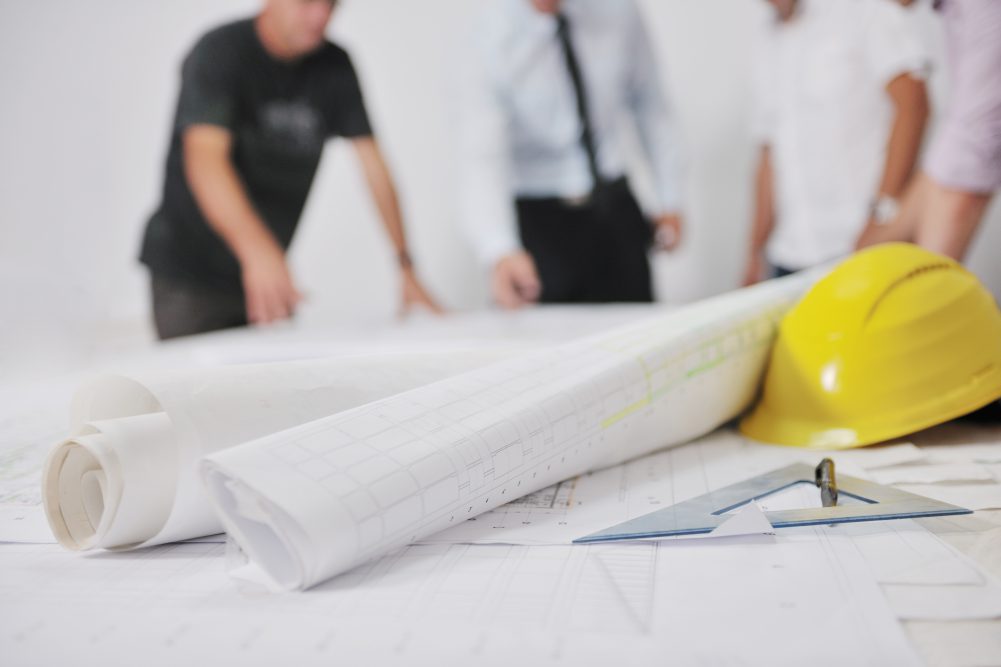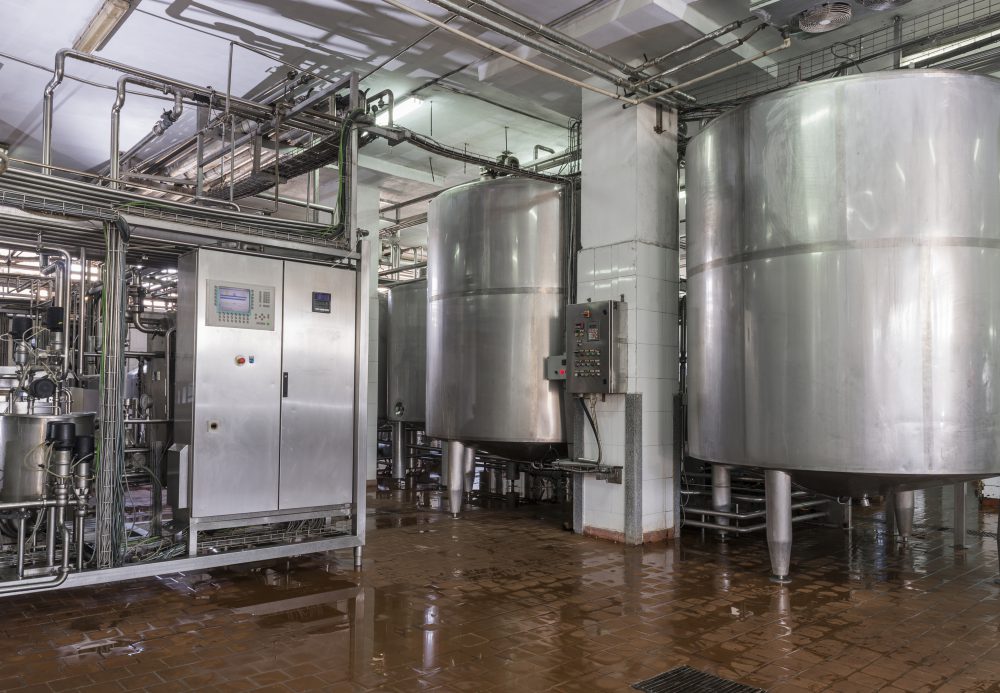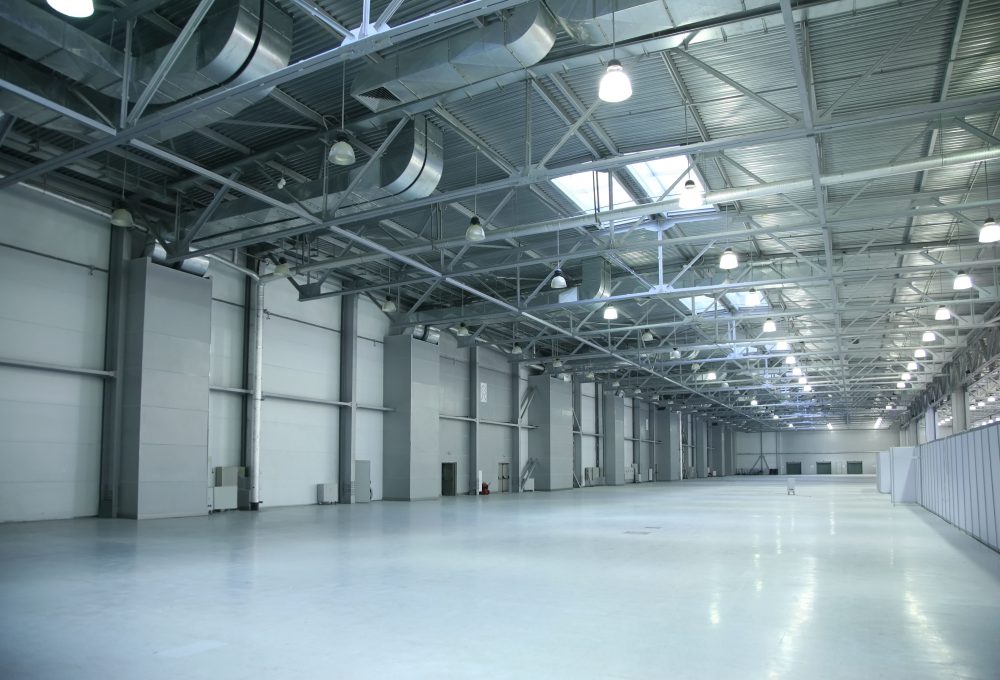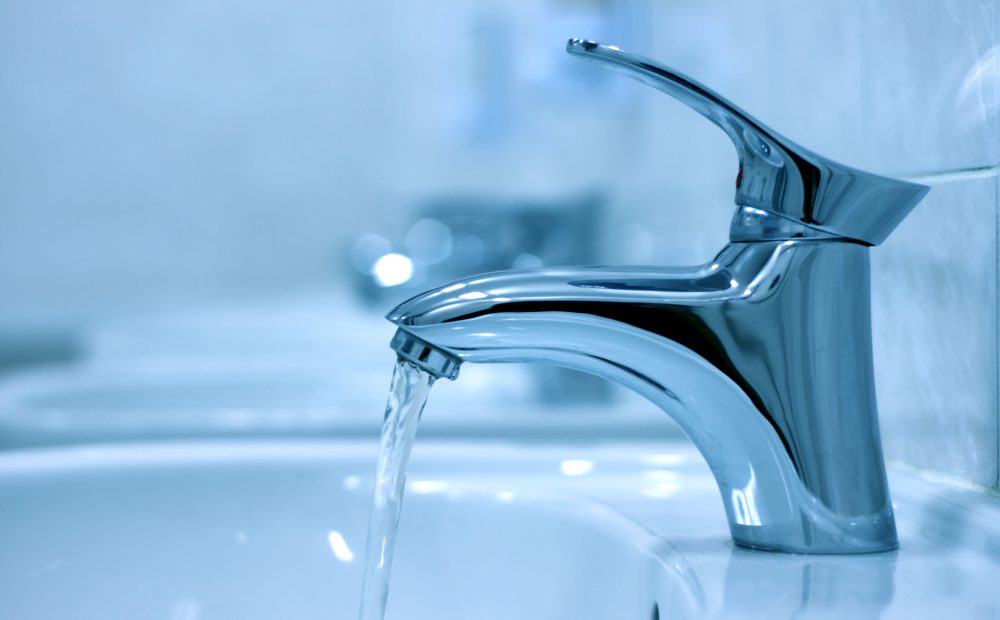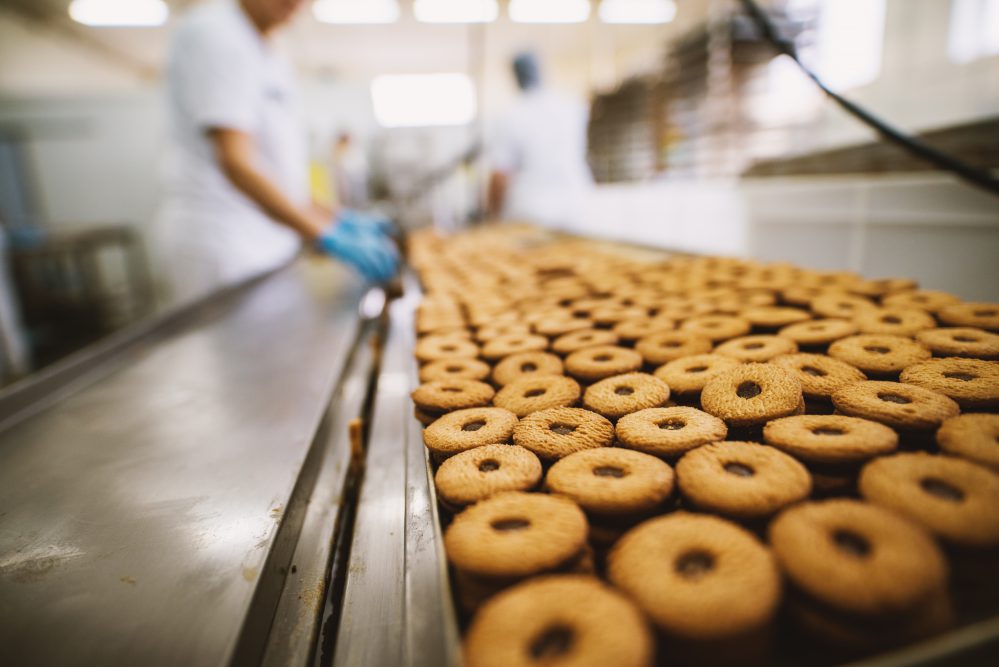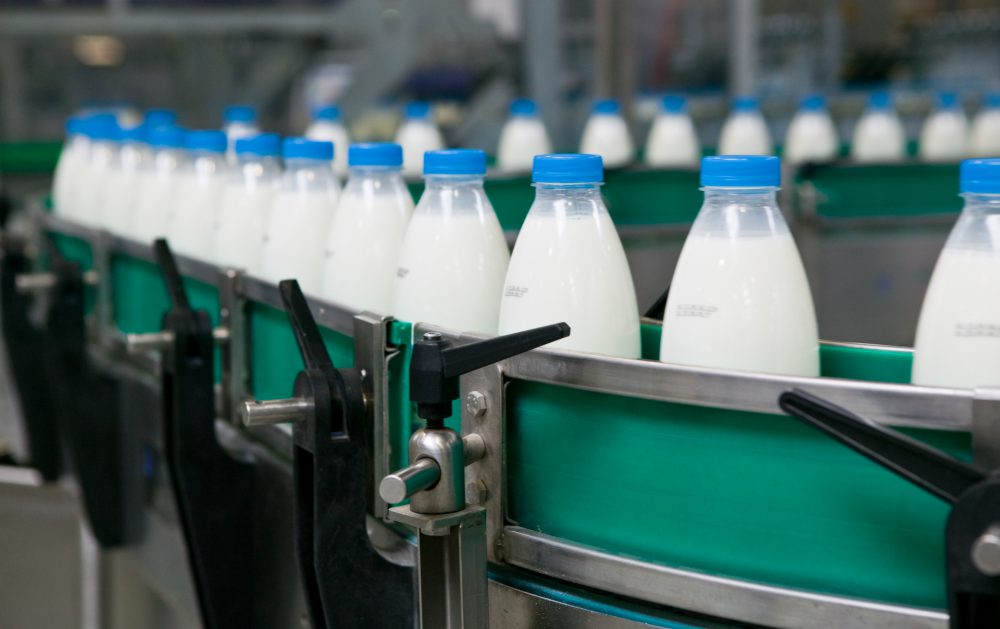Do These 5 Things to Maintain Food Safety in Your Older Facility [Infographic]
You don’t need to build a brand new facility to meet modern-day food safety standards. The reality is that most companies don’t have the budget to build from scratch as often as they’d like, but that doesn’t mean your decades-old plant can’t be a shining example of food safety.
Let’s look at five things you can do now to ensure your older facility is up to today’s food safety standards.
Continue Reading “Do These 5 Things to Maintain Food Safety in Your Older Facility [Infographic]”



![Do These 5 Things to Maintain Food Safety in Your Older Facility [Infographic]](https://stellarfoodforthought.net/wp-content/uploads/2018/02/Screen-Shot-2018-02-23-at-12.32.42-PM.png)
